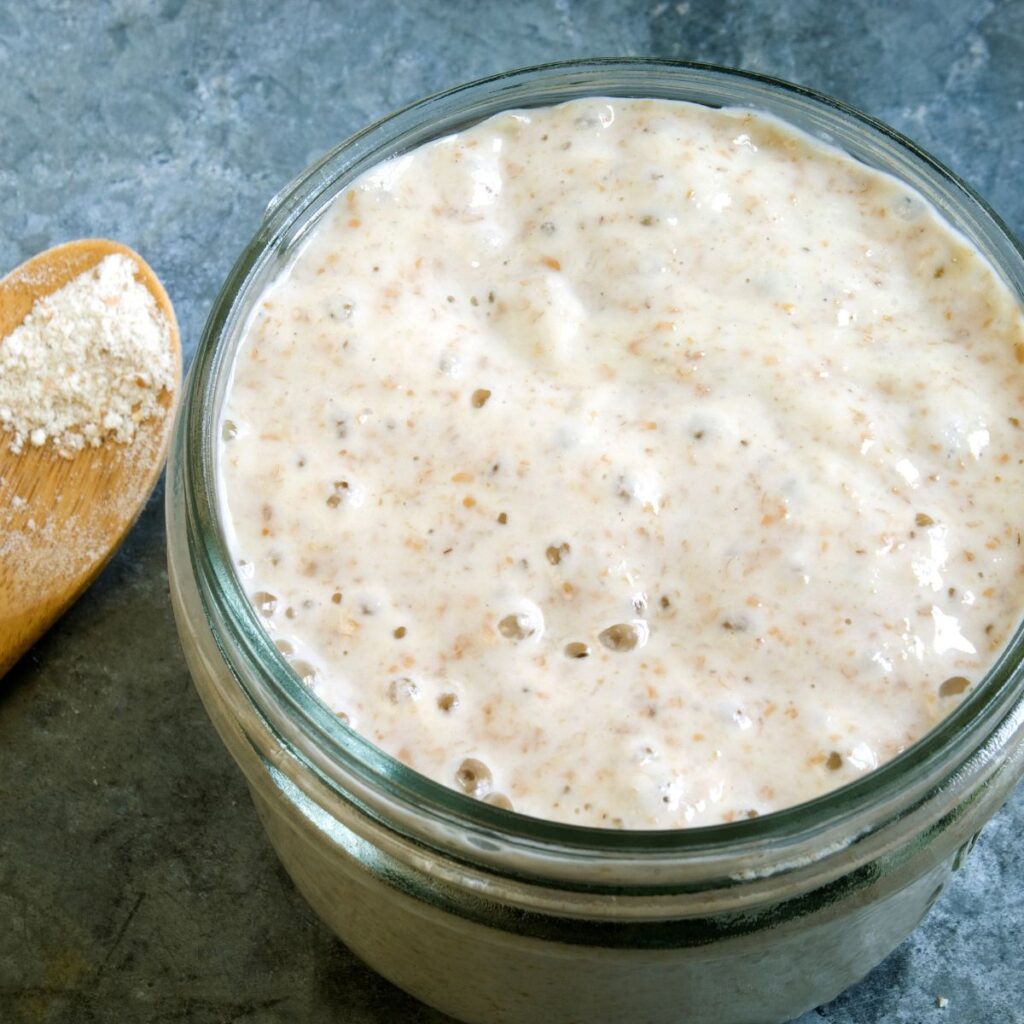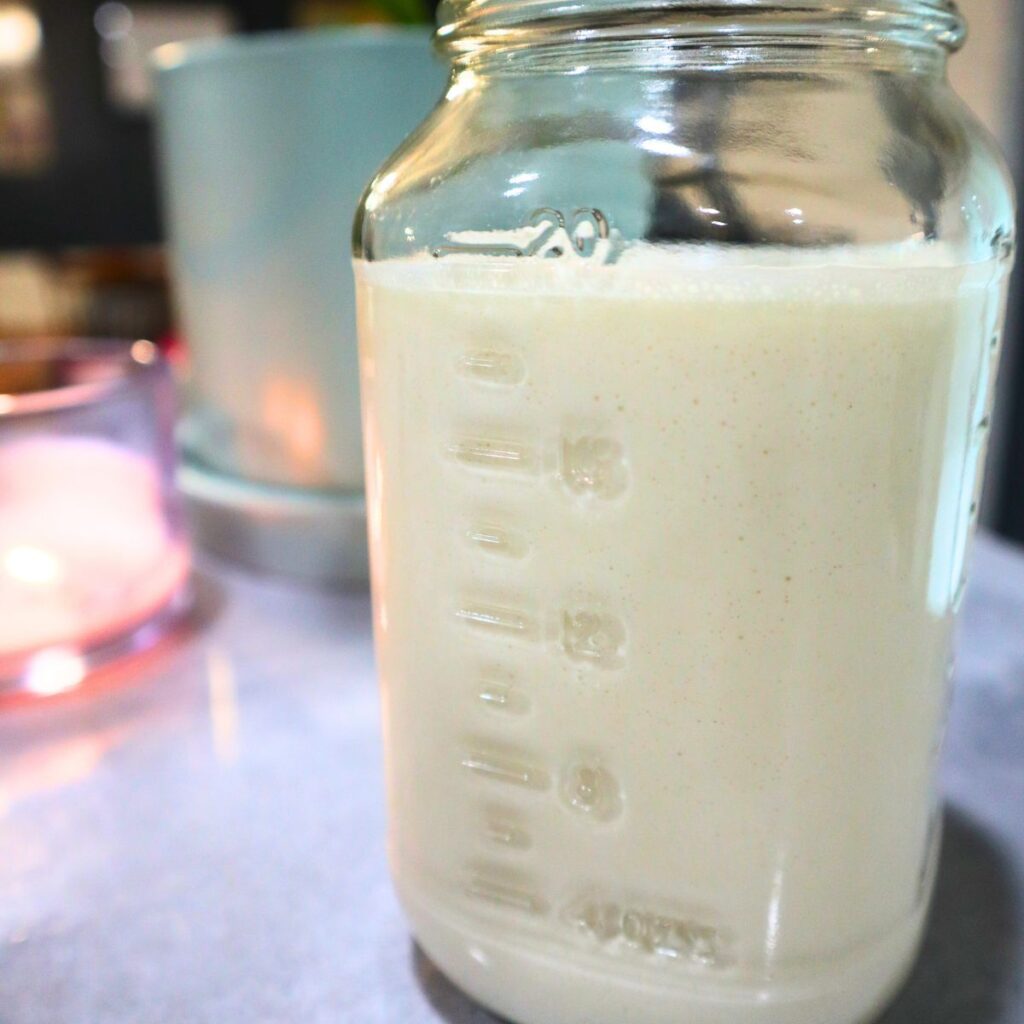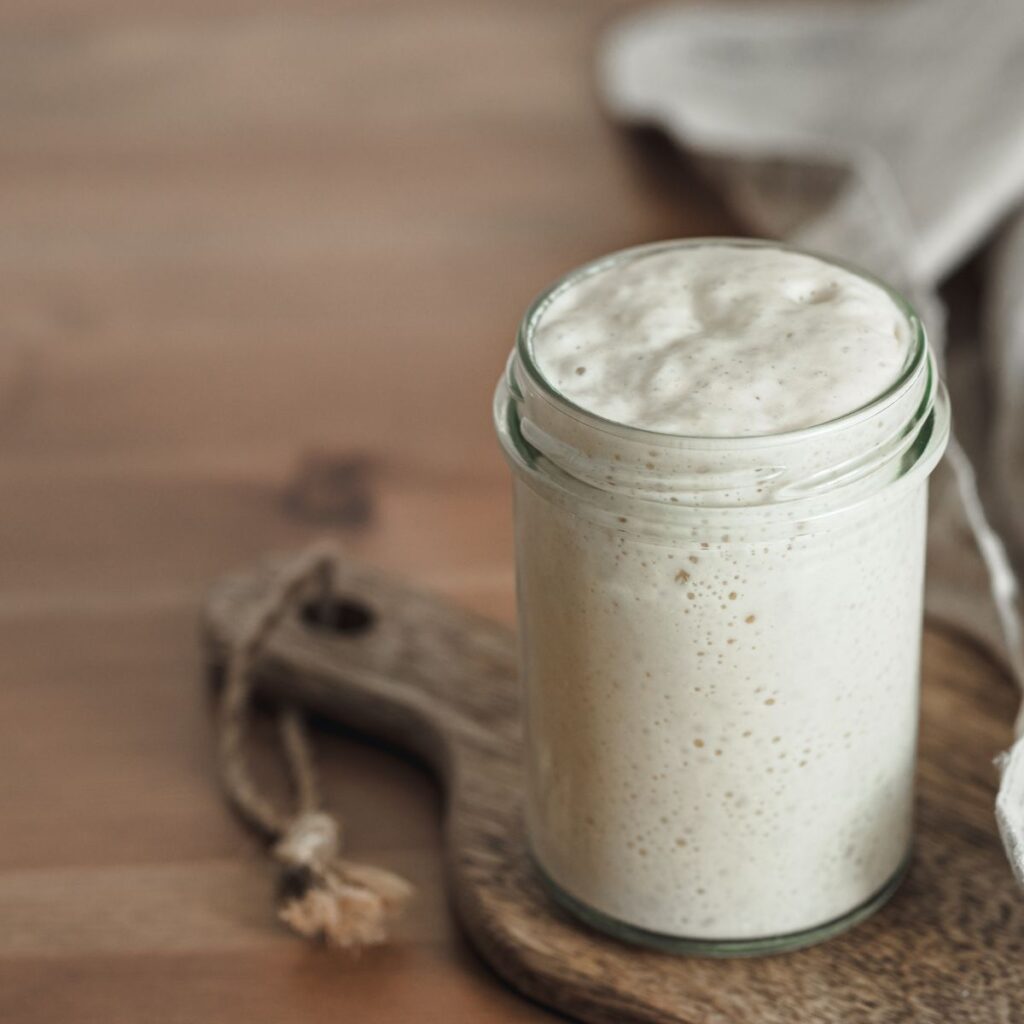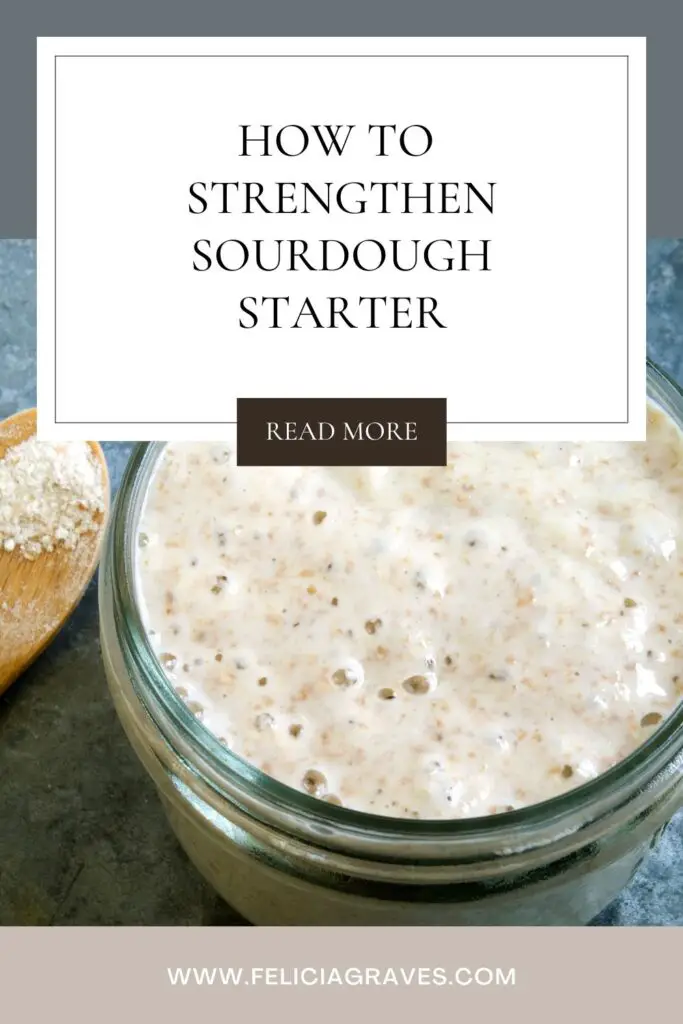A healthy sourdough starter is a living organism that requires regular feedings and proper care to maintain its strength. The good news is that it’s easy to achieve a strong starter with just a little bit of patience and attention. In this blog post, I will share with you the best ways to strengthen your sourdough starter, including the feeding ratio, type of flour, fermentation temperature, and the float test.

How Do You Increase The Strength Of A Sourdough Starter?
First, let’s talk about the basics. A sourdough starter is a mixture of flour and water that contains natural yeasts and lactic acid bacteria. These microorganisms produce carbon dioxide, which helps the starter rise and creates the sour flavor in the bread. A new sourdough starter is typically made with equal parts of whole wheat flour and lukewarm tap water. After a couple of days, you should see some bubbles on the surface of the starter, which indicates that the starter culture is active. At this point, you can start feeding your starter to make it stronger.

What Is The Best Ratio Of Flour And Water To Make A Sourdough Starter?
To feed your starter, discard half of it and add an equal amount of fresh flour and water. The feeding ratio is usually 1:1:1, which means equal parts of flour, water, and starter by weight. You can use different flours for feeding, such as whole wheat flour, bread flour, or all-purpose flour. I recommend using fresh flour for the best results, as old flour may contain less active yeast and bacteria. If you are using whole grain flour, you may need to add more water as it absorbs more water than white flour.
What Flour Is Best For Sourdough Starter?
The type of flour you use for feeding can affect the strength of your sourdough starter.
Whole wheat flour contains more nutrients and natural yeasts than white flour, which can help your starter develop a robust culture. However, using only whole wheat flour can make your starter sluggish, so it’s a good idea to use a mixture of flours. You can try using 50% whole wheat flour and 50% white flour for the best results.
What Temperature Should I Keep My Sourdough Starter?
The temperature at which you ferment your starter can also affect its strength.
Sourdough cultures thrive at warmer temperatures, but too much heat can kill the yeast and bacteria. A good fermentation temperature for sourdough starter is around 70°F (21°C) to 80°F (26°C). You can use a heating pad or place your starter in a warm place to achieve the right temperature. If your room temperature is too cold, it may take longer for your starter to rise, so be patient.
Do You Have To Discard Starter Every Time You Feed It?
No. In fact, the amount of starter you use for feeding can also affect the strength of your sourdough starter.
A small amount of starter may not have enough yeast and bacteria to ferment the flour, while too much starter can make the mixture too acidic. A good rule of thumb is to use 20-30% of the starter by weight for feeding. For example, if you have 100g of active starter, you can use 20-30g of it for feeding.

How Do I Know If I Killed My Sourdough Starter?
One of the best ways to check the strength of your sourdough starter is by doing the float test. To do this, take a small amount of your starter and drop it into a bowl of water. If the starter floats, it means that it is strong enough to leaven bread. If it sinks, it may need additional time or feedings to become strong enough. A strong starter will also have big bubbles and will double in size within a few hours after feeding.
How Do I Revive My Sourdough Starter?
If you notice that your sourdough starter is weak, there are a few things you can do to strengthen it.
You can:
- increase the amount of whole grain flour in your feeding
- use warmer temperatures for fermentation
- discard half of your starter and feed it more frequently, such as every 8-12 hours to promote more activity
- add a small amount of rye flour to your feeding
Rye flour contains more natural yeast and bacteria than wheat flour, which can help your starter become stronger.

It’s important to note that the strength of a sourdough starter can vary depending on the flour, water, and environment.
Even the best starters can become weak if they are not fed regularly or exposed to cooler temperatures. To maintain a healthy starter, it’s recommended to feed it regularly, ideally every 12 hours, at room temperature. A 1:1:1 feeding ratio is usually sufficient, but you can adjust the ratio based on your starter’s activity and strength.
To avoid contamination, it’s important to keep your sourdough starter in a clean container and use clean utensils for feeding. If you see a layer of hooch on the surface of your starter, which is a thin layer of grey liquid, it means that your starter needs to be fed. You can discard the hooch and feed your starter as usual. If you notice any mold or off-odors in your starter, it may be contaminated and should be discarded.
If you are new to sourdough baking, you can make your own sourdough starter very easily. I have a recipe for how to make a new starter below. Once you have your own starter, you can try different sourdough recipes, such as sourdough bread, pizza dough, bread bowls, or pancakes. You don’t even need a dutch oven. The possibilities are endless with a strong sourdough starter.


Leave a Reply